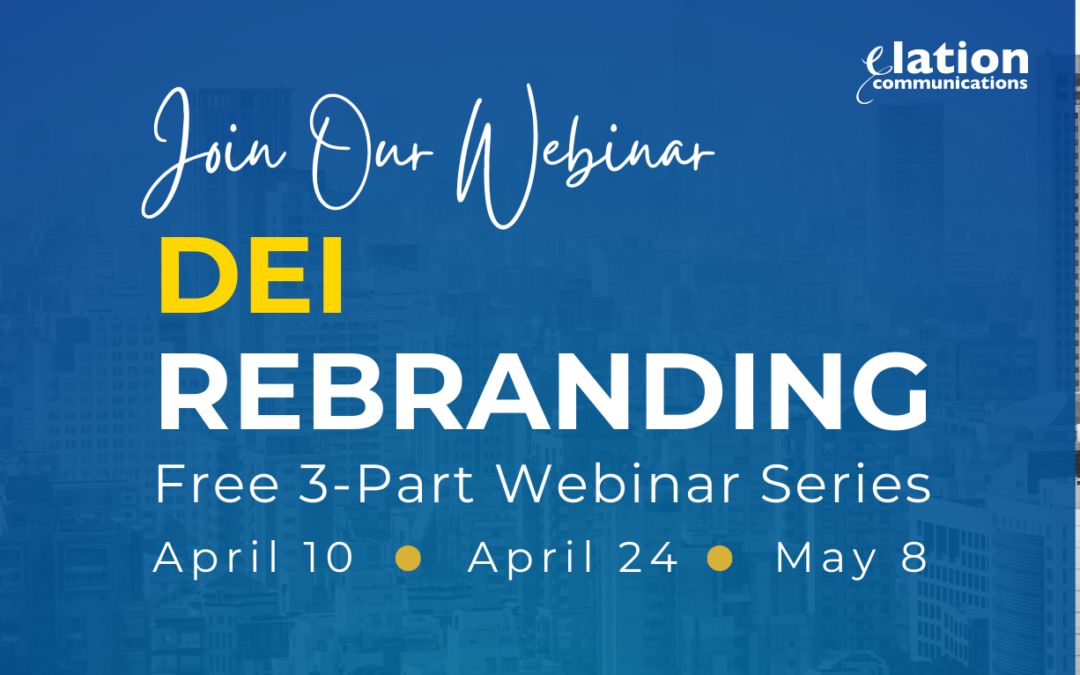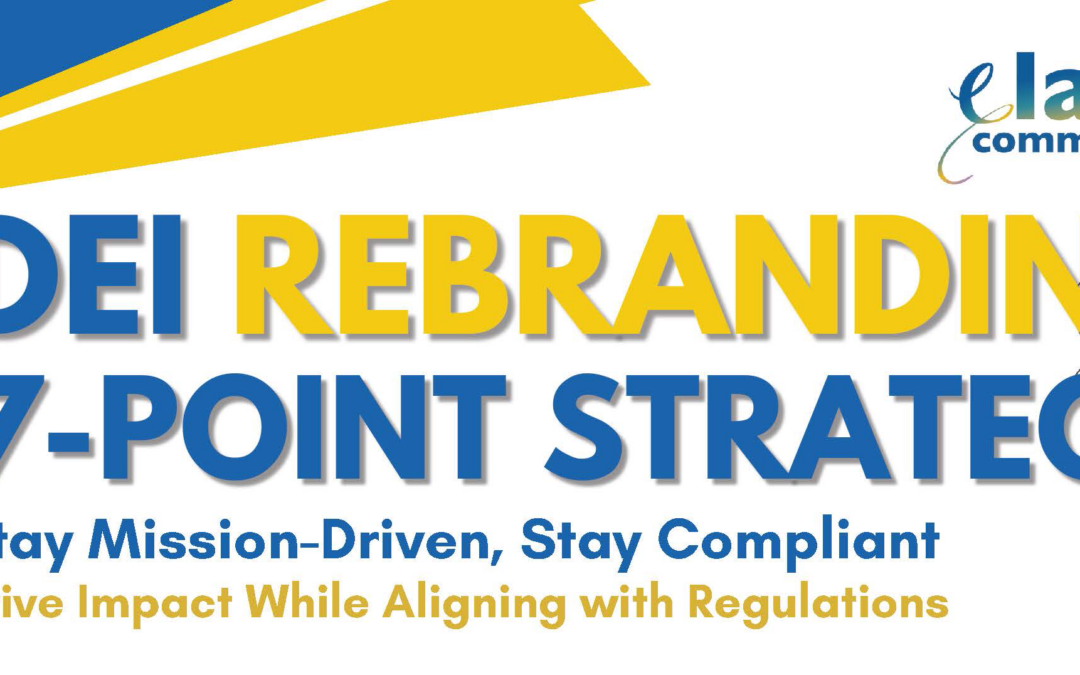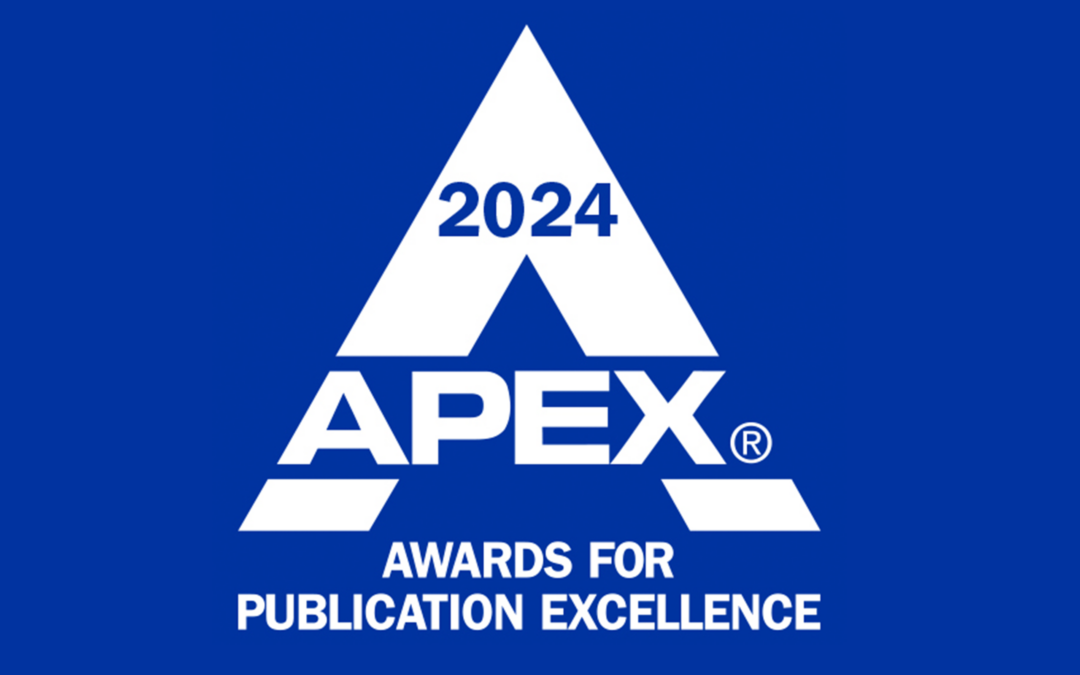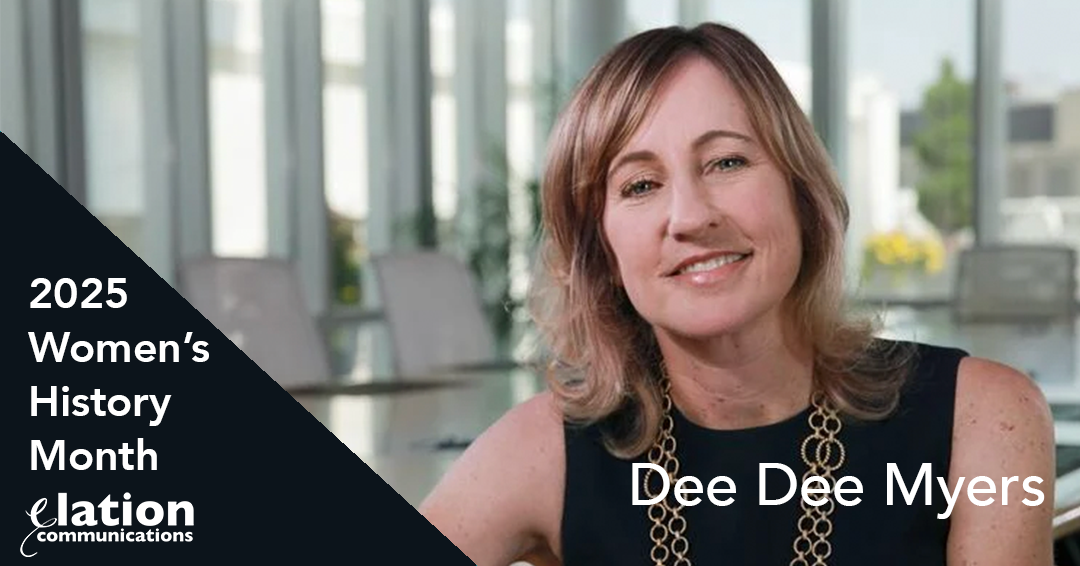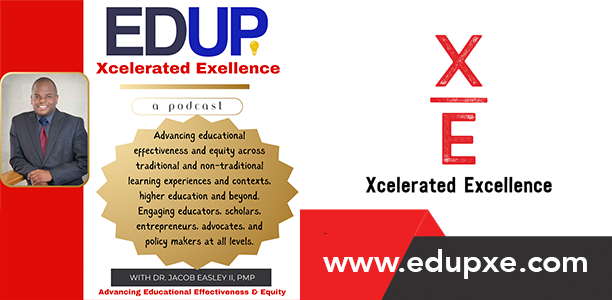This adapted article was authored by Cecilia Sepp, CAE, ACNP, and is reprinted with permission. Cecilia serves as Elation Communications’ fractional COO and is the principal of Rogue Tulips Consulting. It was published on the Going Rogue blog at www.roguetulips.com/blog.
Having been in the nonprofit management profession my entire career, I have seen the evolution of our well-intentioned efforts in the area of DEI. And, as the saying goes, the road to hell is paved with good intentions.
Since humans are “pack animals,” meaning we live in groups, we often make the mistake of going along with a new idea or policy because everyone else is doing it. We may not know what it means or why people are doing it, but many of us think it’s best to just keep our heads down and hope we figure it out.
From my experience, that is what has happened with DEI.
If the associations cited in the study of associations and DEI don’t have a good understanding of DEI and what each component of that means, it’s pretty likely most of the world doesn’t either. And that’s the problem with DEI. Most people don’t understand it and therefore poorly implement it. This lack of understanding leads to poor communication that lacks clarity for a broader audience.
The rest of this message is my response to the initial posting in the ASAE Collaborate Consultants community posted the week of July 15, 2024. It addressed the issue of the Society of Human Resource Management (SHRM) removing the “E” (equity) from their DEI program, leaving them with just “D&I” (diversity & inclusion).
When we hark back to the early days of DEI in the nonprofit community, in the 1990s we started with Diversity and most organizations blew that right out of the gate. Diversity turned into headcounts, as if individuals are collectibles. “We have this many gay staff. We have this many Mexican American staff. We have this many women staff, etc.”
Diversity’s focus is on knowledge and experience, not necessarily demographics. By focusing on a wider net of thought and backgrounds, you will ultimately be led to a wide variety of people on staff. The implementation of diversity has been poor when it didn’t need to be. Looking outside the typical recruitment areas and promoting opportunities in broader communities is pretty easy to do if you think to do it. But too often people rush to be “up to date” and “in sync” with the conventional wisdom without thinking how that applies.
Inclusion was next in our development, so we all had “D&I” policies. But were these really inclusive? Did we really understand that it meant more than just asking people into the room? Did we understand they had to be welcome and taken seriously? My answer to these questions is “no.”
Equity was the next phase, but this word is poorly understood by most. Of all three letters in DEI, in my opinion “E” is the most important; if you just focused on that, the other aspects would fall into place.
Equity is meeting people where they are and giving them what they NEED to succeed; it is not the same as what you WANT to give them. Equity is not the same thing as equality, but because the terms are conflated it is not well understood and comes across as taking from one group to give to another.
When DEI is seen as a transfer of wealth and opportunity, there will be pushback. This is the failure of DEI – not communicating what it really means and implementing it in the spirit in which it was intended.
While the true intention of DEI is not exclusion but broader opportunities for all, screeds across the spectrum have turned it into an “us against them” steel cage match and destroyed an opportunity for all of us to rise. Yet another failure.
At this point, the failure is not SHRM’s. It’s our society’s because we have failed to clearly explain DEI and to apply it well. There are opportunists on both sides of the aisle who have used it for their own selfish purposes. It’s not surprising that organizations are pulling back from what is a failing policy.
DEI is a policy that should be improving our society and making it better for everyone, but it has failed for the same reason all solid policies fail: lack of understanding of the goal, lack of follow-through, and poor implementation.
It’s not about business. It’s not about data. It’s about what kind of society we want to live in. There is no them. There is just us. How we treat each other is the only measure of the success or failure of DEI.
Learn more by visiting RogueTulips.com.
